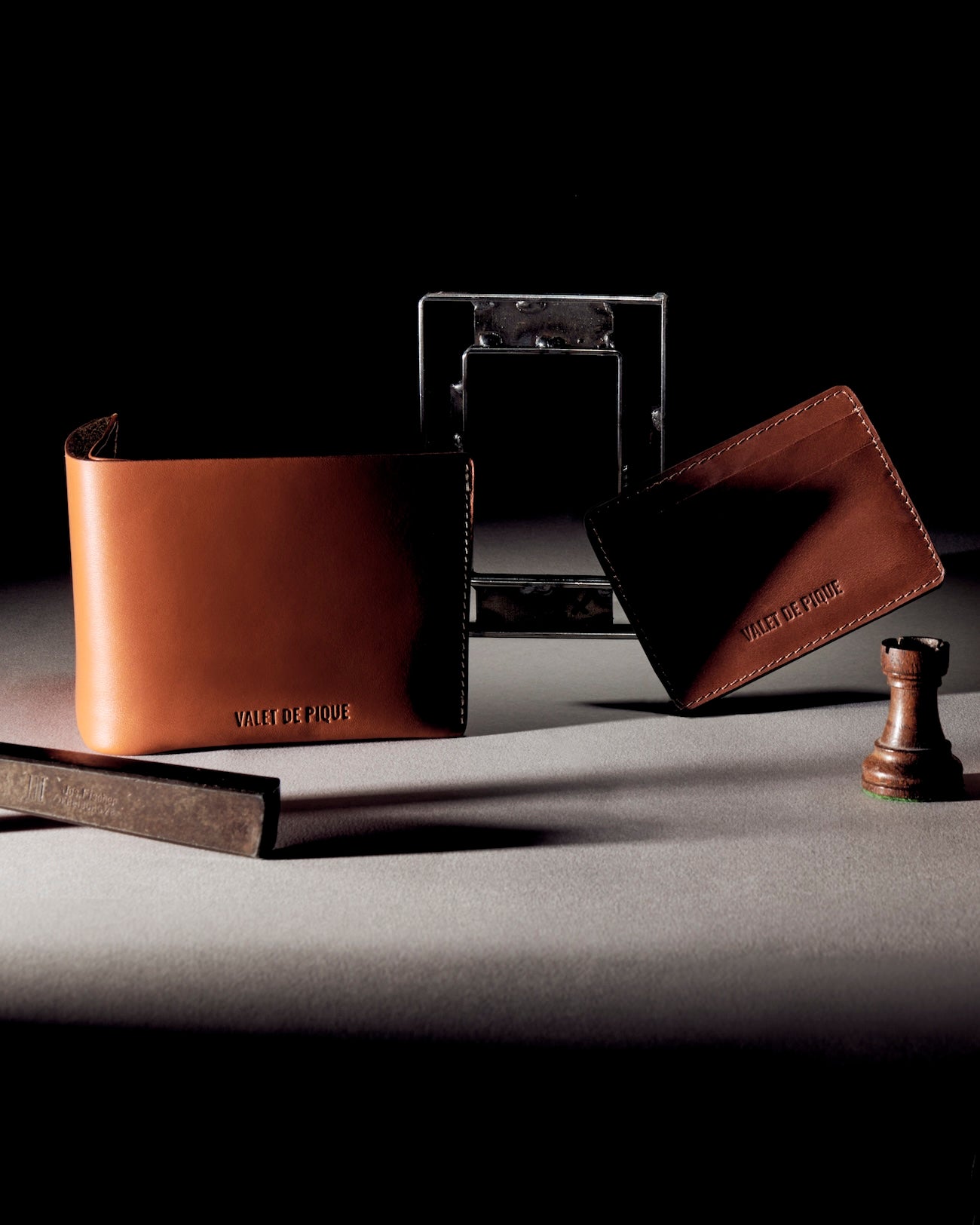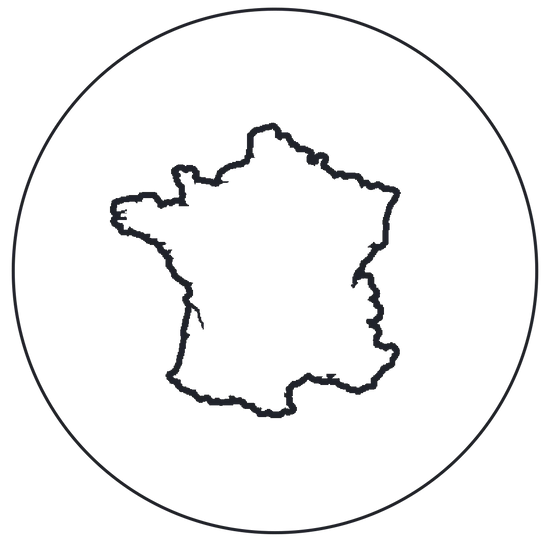Le Bleu Aubazine
Le Bleu Aubazine
Couldn't load pickup availability
I have the joy of offering you a fabric that is both modern and steeped in history. A blue in twill wool from the house created by a fashion icon. A young Gabrielle who was housed for the first years of her life at the Aubazine Abbey orphanage.
This wonderful 100% wool canvas was entrusted to us by the workshop, a historic partner of the house. We were able to make you a small series of bright and soft Blue at the same time!
Limited edition of 38 copies
Made in Paris in our arts-and-crafts workshop
Vegetable tanned leather
The leathers we use for our products are carefully selected from the best Spanish, French and Italian tanneries.
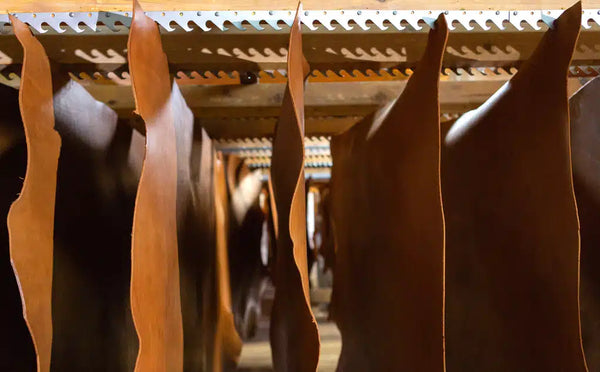
How to take care of your leather bag?
To prevent leather from drying out, cracking or discoloring unevenly, try to protect it from direct heat and sunlight for prolonged periods.
Step 1: Remove impurities and dust Using a soft cloth, wipe the surface and every corner of the leather of your bag.
Step 2: Apply nourishing beeswax-based milk Using a clean cloth, apply the milk delicately and in a single, very thin layer to make it penetrate well. This step helps protect your leather bag against drying out as well as nourishing and waterproofing it.
Step 3: Polish the leather piece
After application, let the leather rest for a few moments then buff it using a soft, clean cloth.

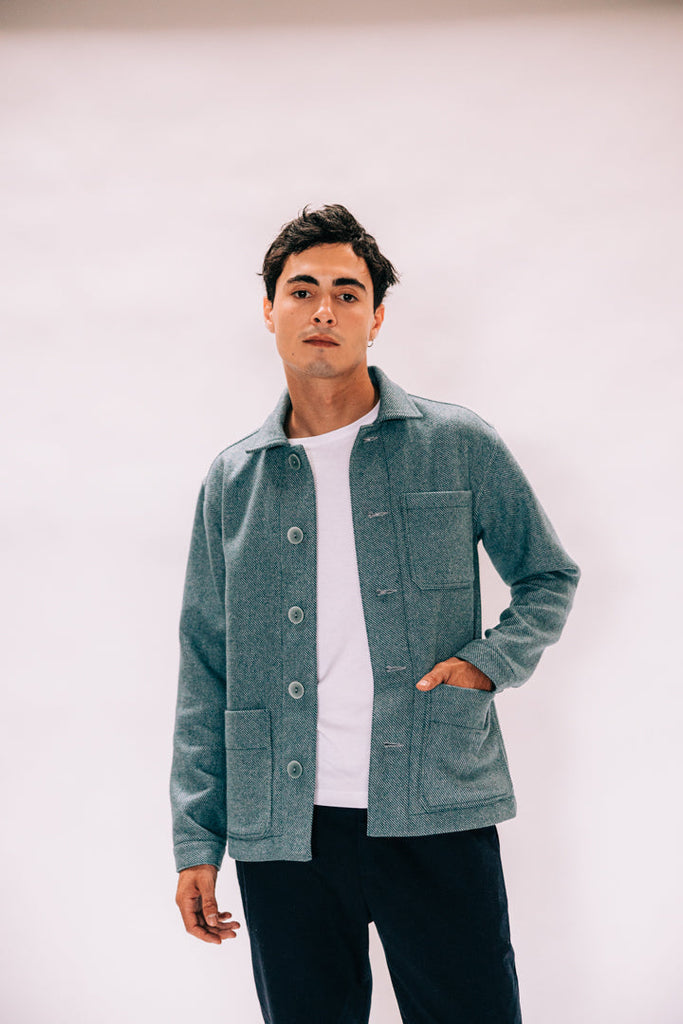

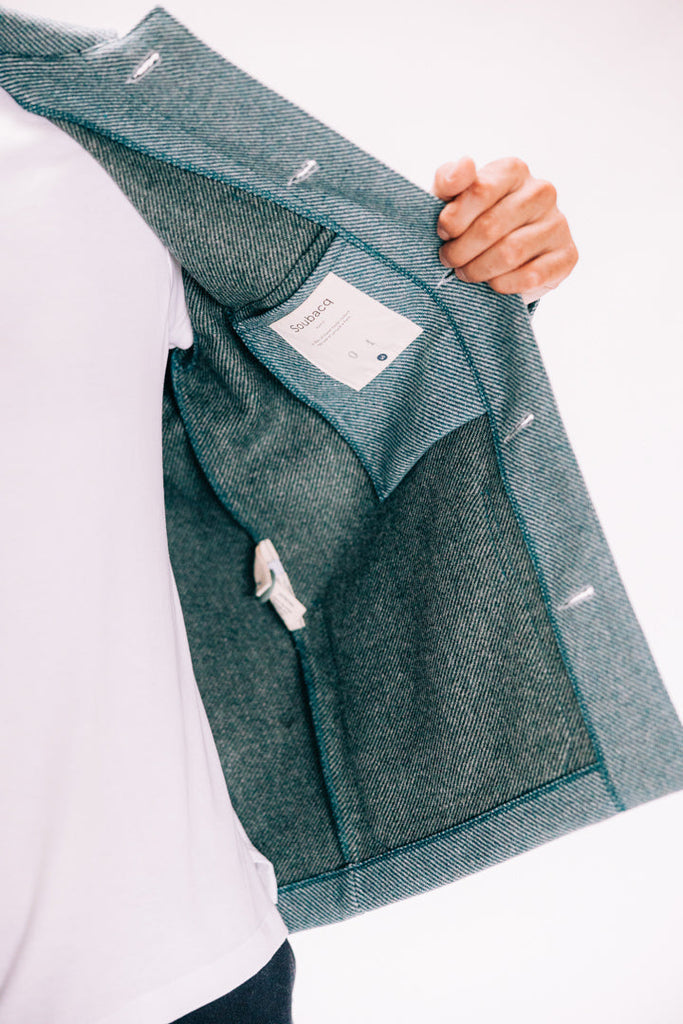

Collapsible content
Historical know-how

Your piece is made in a family factory making pieces with quality, precision, finesse resulting from the passion and nobility of our craftsmen.
Our know-how is historic. It is the fruit of a heritage passed down from generation to generation.
Mixed with full-grain, vegetable-tanned leather for guaranteed longevity.
Vegetable tanned leather, the most durable
 The leathers we use for our products are carefully selected from the best Spanish, French and Italian tanneries.
The leathers we use for our products are carefully selected from the best Spanish, French and Italian tanneries.
These family tanneries have exceptional know-how and supply the most exclusive luxury brands, while ensuring they apply the best practices of sustainable development with regard to their water consumption and the treatment of their waste.
